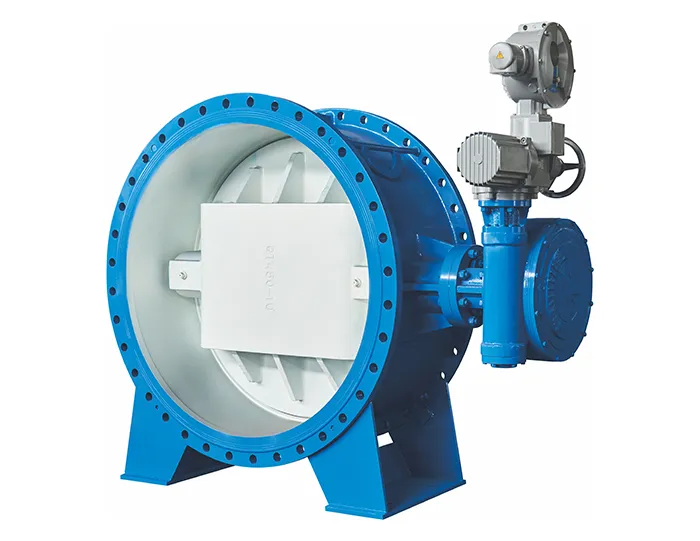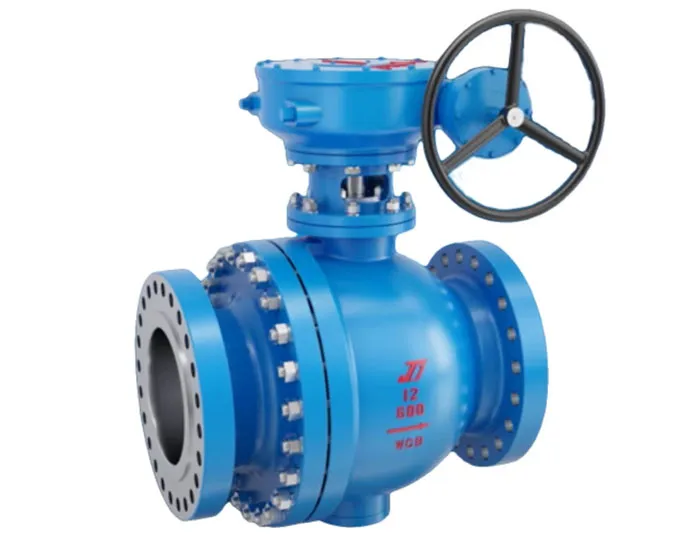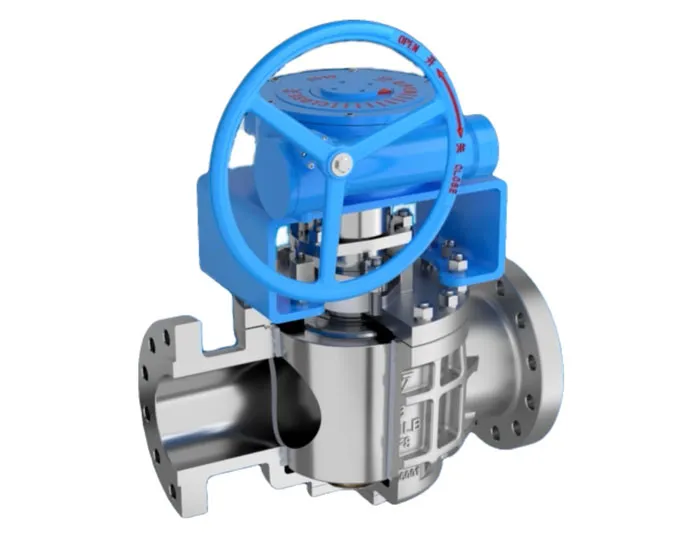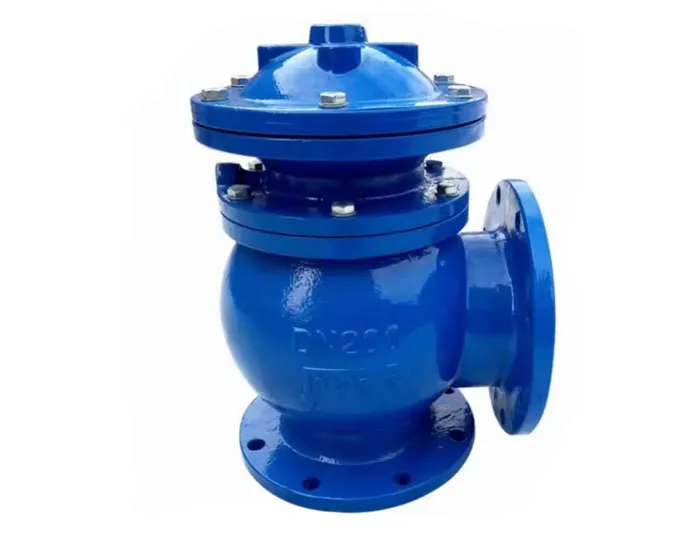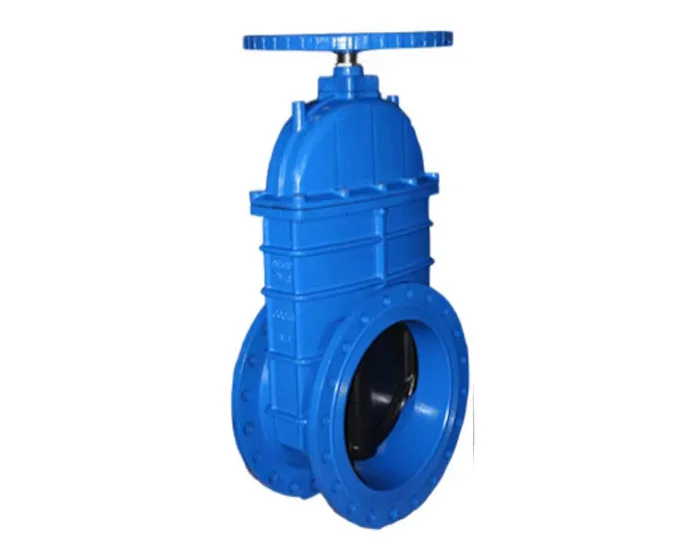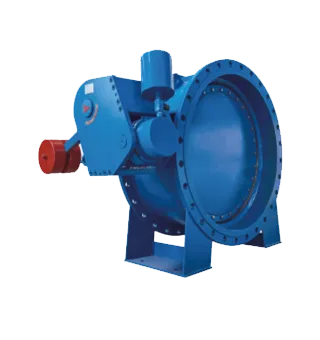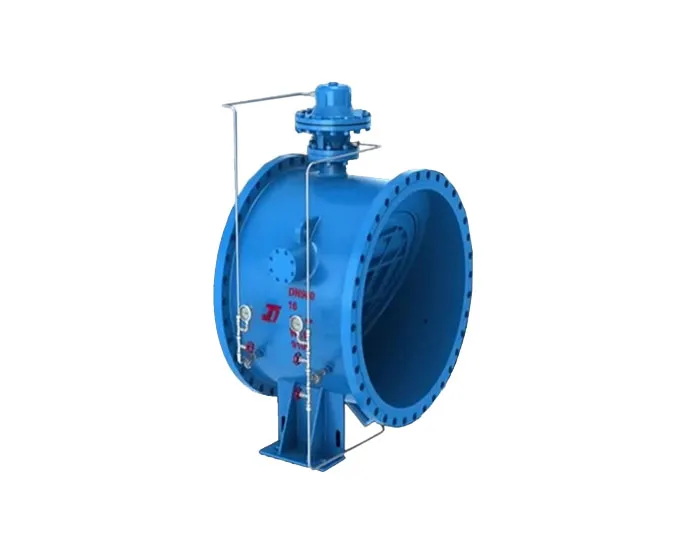The valve stem plays multiple roles during valve operation—it is a moving part, a load-bearing component, and also is a sealing element. At the same time, it is subjected to media impact, corrosion, and friction with packing. Therefore, when selecting valve stem materials, it is essential to ensure sufficient strength at specified temperatures, good impact toughness, resistance to galling, and corrosion resistance. Since the valve stem is a wear-prone part, attention must also be paid to the material's machinability and heat treatment properties.

Valves are critical components in fluid control systems, and their performance directly affects the safety and reliability of the entire system. The valve stem and stem nut, as the core transmission components of a valve, are responsible for transferring operating force and enabling valve opening and closing. The material selection for these parts not only impacts the valve's service life but also significantly influences its performance under specific working conditions. With the continuous advancement of industrial technology, the working environments valves face have become increasingly complex, raising the requirements for valve stem and stem nut materials. This article systematically analyzes common materials for valve stems and stem nuts and their applicable conditions, providing a reference for material selection in engineering practice.
1. Common Materials for Valve Stems and Stem Nuts
Common materials for valve stems primarily include stainless steel, carbon steel, copper alloys, and special alloys. Stainless steel is the most widely used valve stem material due to its excellent corrosion resistance and good mechanical properties, particularly grades 304 and 316, which can withstand most corrosive media. Carbon steel stems are typically used in high-pressure and high-temperature environments, offering high strength and hardness, but their corrosion resistance is poor, often requiring surface treatments. Copper alloy stems are mainly employed in special environments such as seawater, providing excellent corrosion resistance in marine conditions. Special alloys like Monel and Hastelloy are used in extreme corrosion environments or high-temperature, high-pressure applications.
The material selection for stem nuts is the same important. Common options include bronze, brass, stainless steel, and special engineering plastics. Bronze nuts are widely used due to their good self-lubricating properties and wear resistance, making them particularly suitable for frequently operated valves. Brass nuts are more cost-effective and suitable for general working conditions. Stainless steel nuts are typically paired with stainless steel stems to avoid galvanic corrosion. In some special cases, engineering plastics such as PTFE (polytetrafluoroethylene) or nylon are used as nut materials, offering excellent corrosion resistance and self-lubrication but with lower load-bearing capacity.
2. Application Conditions for Valve Stems and Stem Nuts
Material selection for valve stems and stem nuts must consider various operating conditions. Temperature is a critical factor—high-temperature environments require materials with good thermal stability, such as high-temperature alloy steels or special stainless steels, to prevent softening or creep. Low-temperature conditions demand materials with good low-temperature toughness to avoid brittle fracture. Pressure conditions also directly influence material selection, as high-pressure applications require materials with higher strength and hardness.
The corrosiveness of the medium is another important consideration. Acidic media typically require high-alloy stainless steels or special alloys; alkaline media may allow the use of standard stainless steels or carbon steels (with surface treatment); environments with high chloride ion concentrations should use super stainless steels or titanium alloys. Additionally, operating frequency affects material selection—valves subjected to frequent operation need more wear-resistant material combinations, such as stainless steel stems paired with bronze nuts.
Material compatibility must be paid attention to. The stem and nut materials should have good compatibility to prevent galvanic corrosion. Economic factors must also be considered—cost-effective material combinations should be chosen while meeting performance requirements. Surface treatment technologies (such as chrome plating or nitriding) can significantly improve material surface properties and extend service life.
3. Case Studies
In a chemical plant, valves in a sulfuric acid pipeline frequently experienced stem seizure failures. Analysis revealed that the original design used 304 stainless steel stems with bronze nuts, but in a 98% concentrated sulfuric acid environment, 304 stainless steel's corrosion resistance was insufficient. The solution was to switch to Hastelloy C-276 stems paired with PTFE-filled fiberglass nuts. This combination provided excellent sulfuric acid resistance, while PTFE's self-lubricating properties eliminated the seizure issue, extending the valve's service life from three months to over three years.
In another case, a high-temperature steam valve (450°C, 10 MPa) in a power plant exhibited stem creep deformation. The original design used standard alloy steel stems, but after improvement, Inconel 718 high-temperature alloy stems with nickel-based alloy nuts were adopted. This significantly enhanced high-temperature strength and resolved the creep problem. This case demonstrates the critical importance of special alloys in extreme temperature conditions.
4. Conclusion
Material selection for valve stems and stem nuts is a complex engineering challenge that requires comprehensive consideration of factors such as temperature, pressure, medium characteristics, and operating frequency. Correct material choices can significantly enhance valve durability and reliability, while incorrect selections may lead to premature failure or even safety hazards. With advancements in material science, the application of new high-performance alloys and composite materials in valve components will continue to expand. In the future, emerging technologies such as nanomaterial coatings and smart materials may bring new breakthroughs in component performance. Engineers should stay informed about the technology developments of material and try their best to select the most suitable material combinations in their designs.

